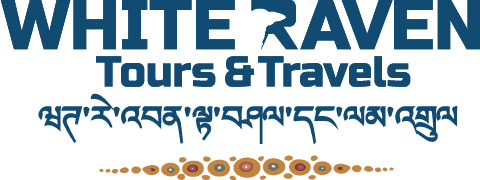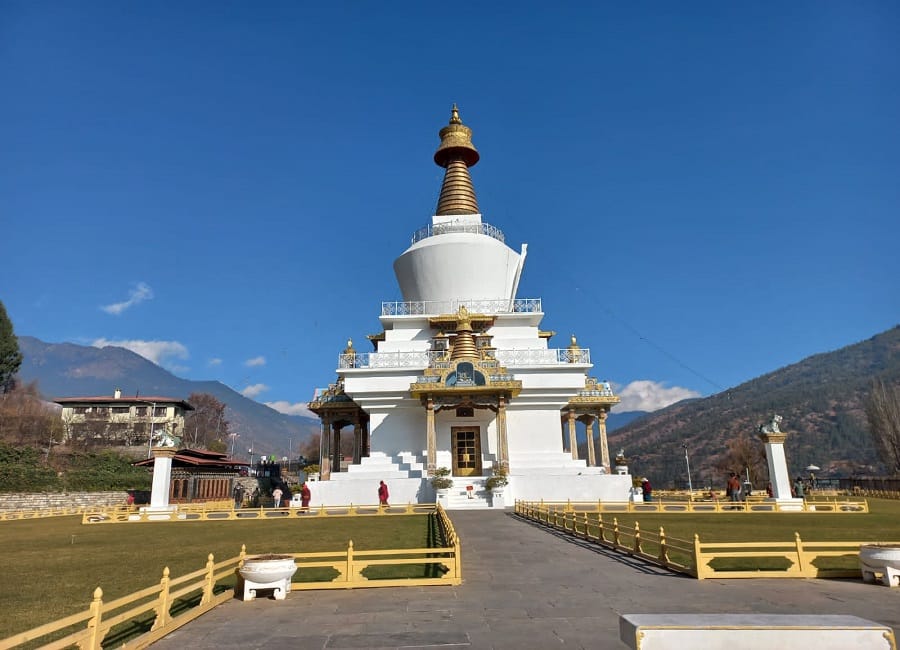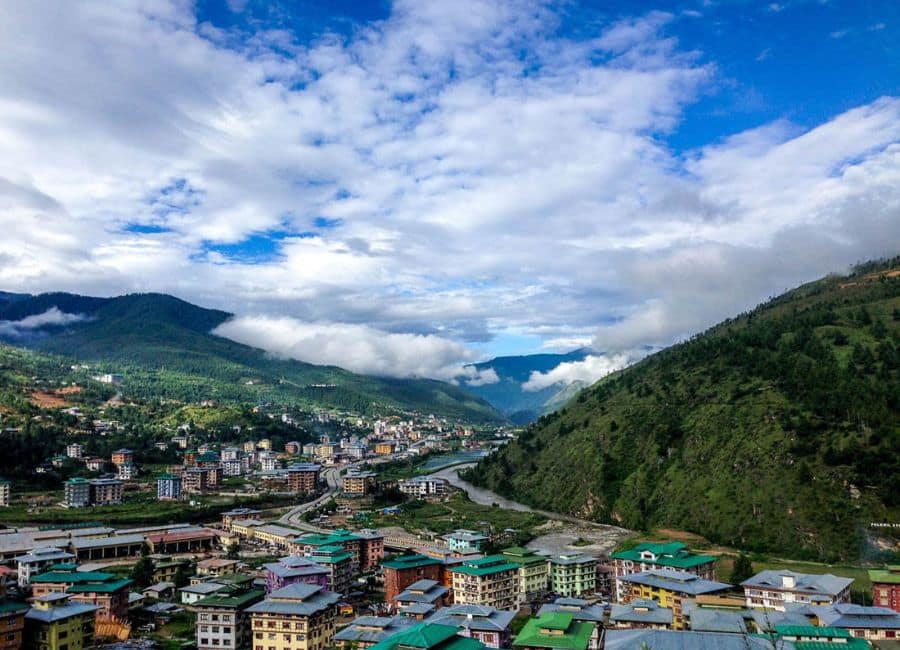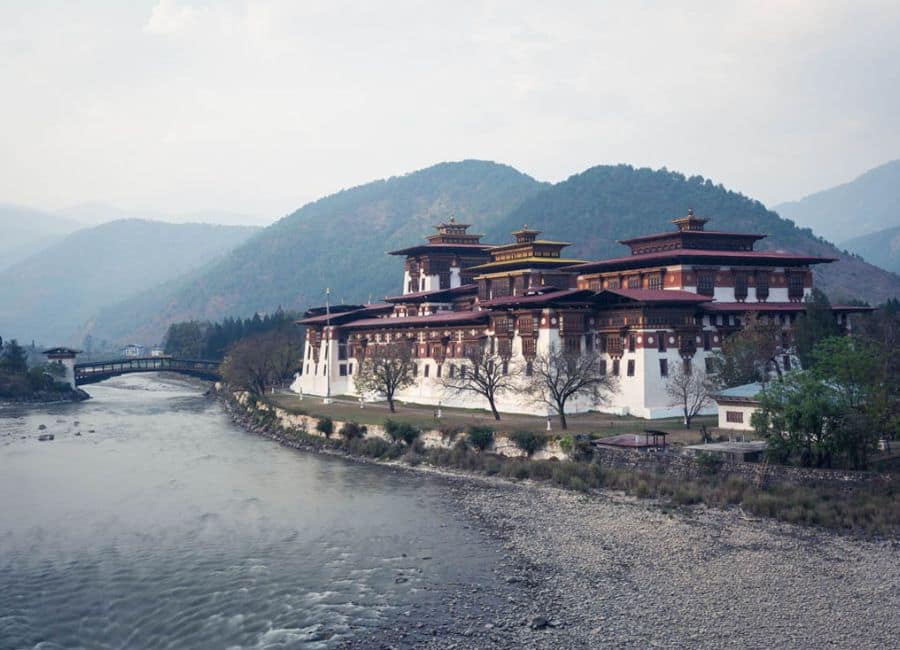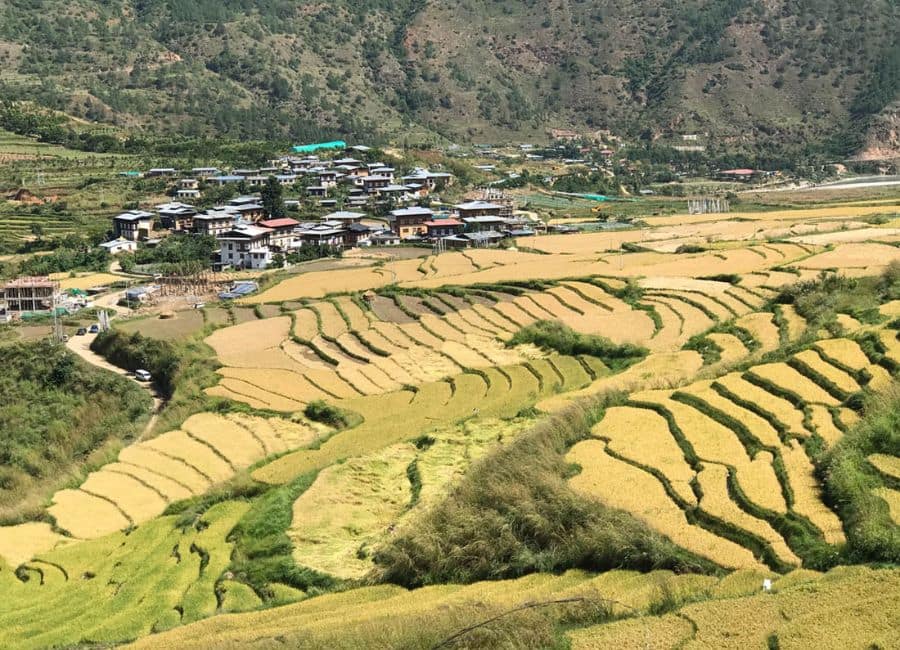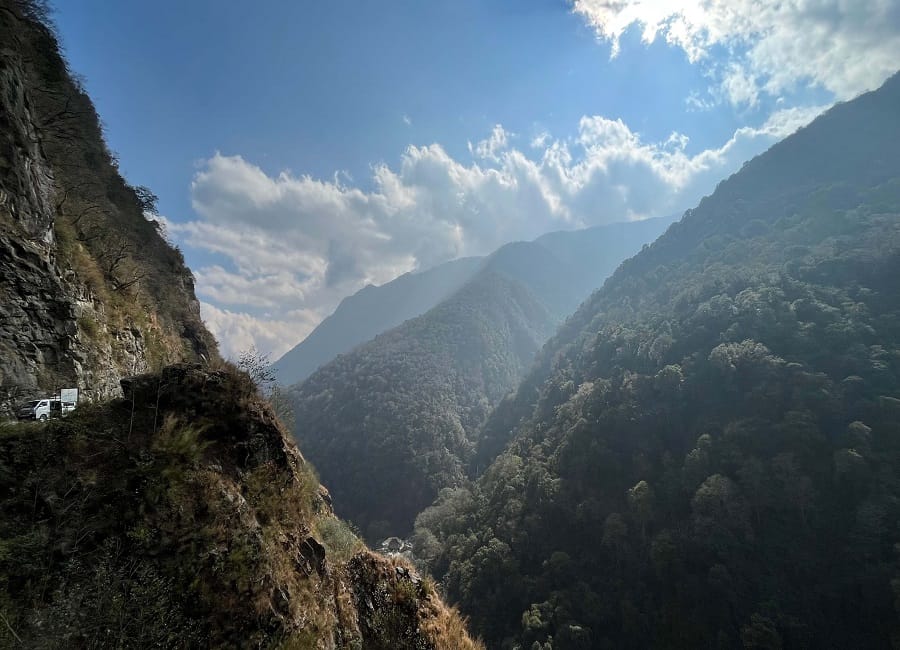Contact Us: +975- 17920418/17857895/77397369
BUMTHANG
Bumthang Dzongkhag consists of four main valleys, Ura, Chumey, Tang and Choekhor. Choekhor is the largest of the four and is widely considered as ‘Bumthang Valley’. The valleys are broad and gentle carved by the ancient glaciers. The wide and scenic valley draws a large number of tourists each year. The name Bumthang comes from the word “Bumpa- a ritual vase with a spout used in Tibetan Buddhist rituals and empowerments. ” and “Thang” meaning field/flat land. It is also popularly known as the “Switzerland of Bhutan” due to its terrain, climate and the Swiss cheese processing units introduced by the Swiss-Bhutanese joint project.
This dzongkhag is richly endowed districts in terms of historical and spiritual legacy. Some of Bhutan’s oldest and most venerated temples are found in here, including Jambey Lhakhang. According to legend this ancient temple was built by the Tibetan king Songtsen Gampo in 659 A.D. as part of a chain of 108 simultaneously constructed temples in order to subdue an evil demoness that lay over the Himalayan region. It is the oldest lhakhang in Bhutan. There are numerous other temples and shrines worth visiting in and many of them are linked to Guru Rinpoche’s visit in 746 A.D. The fertile valleys of Bumthang are covered in fields of buckwheat, rice,potatoes and recently quinoa. Apple orchards and dairy farms are also common sights here. This serene valley is one of the most peaceful places in the kingdom.
PLACES TO VISIT IN BUMTHANG
The Jakar Dzong or the “Castle of the White Bird” dominates the Chamkhar valley and overlooks the town. Constructed in 1549, by the Tibetan Lam Nagi Wangchuk, the Dzong played an important role as the fortress of defence for the eastern Dzongkhags. It also became the seat of the first king of Bhutan.
A special feature of the Dzong is the approximately fifty meters high Utse or the Central tower, which is distinct from most other Dzongs in Bhutan. The other unique feature of the Dzong is a sheltered passage, with two parallel walls, interconnected by fortified towers, which gave the population of the fortress access to water in the case of a siege. The protected water supply is still intact to this day.
According to legend this ancient temple was built by the Tibetan king Songtsen Gampo in 659 A.D. as part of a chain of 108 simultaneously constructed temples in order to subdue an evil demoness that resided over the Himalayan region. It is the oldest lhakhang in Bhutan. There are numerous other temples and shrines worth visiting in Bumthang and many of them are linked to Guru Rinpoche’s visit in 746 A.D.
According to legend Terton Pema Lingpa had a vision of the sacred treasures that Guru Rimpoche had hidden within the lake centuries earlier. However, the people of Tang and the local ruler were cynical of his claims. In order to prove his claims, Pema Lingpa held a butter lamp in his hand as he jumped into the lake. After remaining under water for a long time he re-emerged holding a chest and a scroll of paper with the butter lamp held in his hand still burning bright. Thereafter, the lake came to be known as Mebartsho (the burning Lake).
The Burning Lake, Mebar Tsho is located along the way to the Tang village. Today, this small fresh water lake is a sacred pilgrimage site for the Bhutanese with bright multicolored prayer flags surrounding it and a small altar dedicated to Terton Pema Lingpa has also been set up. On auspicious days people offer butter lamps at the lake.
Khurje Lhakhang is a temple complex consisting of three beautiful temples. The oldest temple contains the rock which has the imprint of Guru Rinpoche’s body. Another temple was constructed on the site where Guru Rinpoche had meditated. The Queen Mother Ashi Kesang built the third. A 108 chorten wall also surrounds the three temples. The Kurjey Lhakhang is where the festival of Kurjey Tshechu takes place in the Summer. . It is also believed that the cypress tree near the entrance is an offshoot of Guru Rinpoche’s walking stick.
Tamshing Lhakhang is just across the river from Kurjey Lhakhang and was built by terton Pema Lingpa.It is a must visit for those interested in art and paintings, it has a number of ancient paintings such as that of 1000 Buddhas and 21 Taras.
Ura Valley is a one and a half-hour drive from Jakar town covering a distance of about 48 km with a glimpse of Mt. Gangkhar Puensum, one of the highest mountain peaks in Bhutan. The route is marked with a marvellous view of the valley, sheep pastures and occasional forests. The valley itself is different from other regions in the sense that it is home to Ura village which has clustered houses separated by cobblestone alleys, a sight uncommon in the country.
For avid hikers and trekkers, Ura Valley offers a 9 km-long Geyzamchu Walking Trail, a 5-hour hike during which one can cross Geyzam Chu and cross the Wangthang La Pass. The Ura Lhakhang is a popular spot in the area which plays host to the festival of Ura Tsechu in May. Ura Yakchoe is a popular dance in the country for its attractive movements. A special relic is put on display at this time so that people can receive blessings from it. Ache Lhamo dances are exclusive only to Ura in Bhutan.
The brewery stands overlooking the beautiful Bumthang valley near Batpalathang domestic airport.It was started by a Swiss named Mr. Fritz Maurer who moved to Bumthang sometime in the 1960s. He also started a swiss cheese manufacturing unit later on. The much loved and unfiltered Red Panda Beer is named after an endangered species of animal known as the Red Panda.
